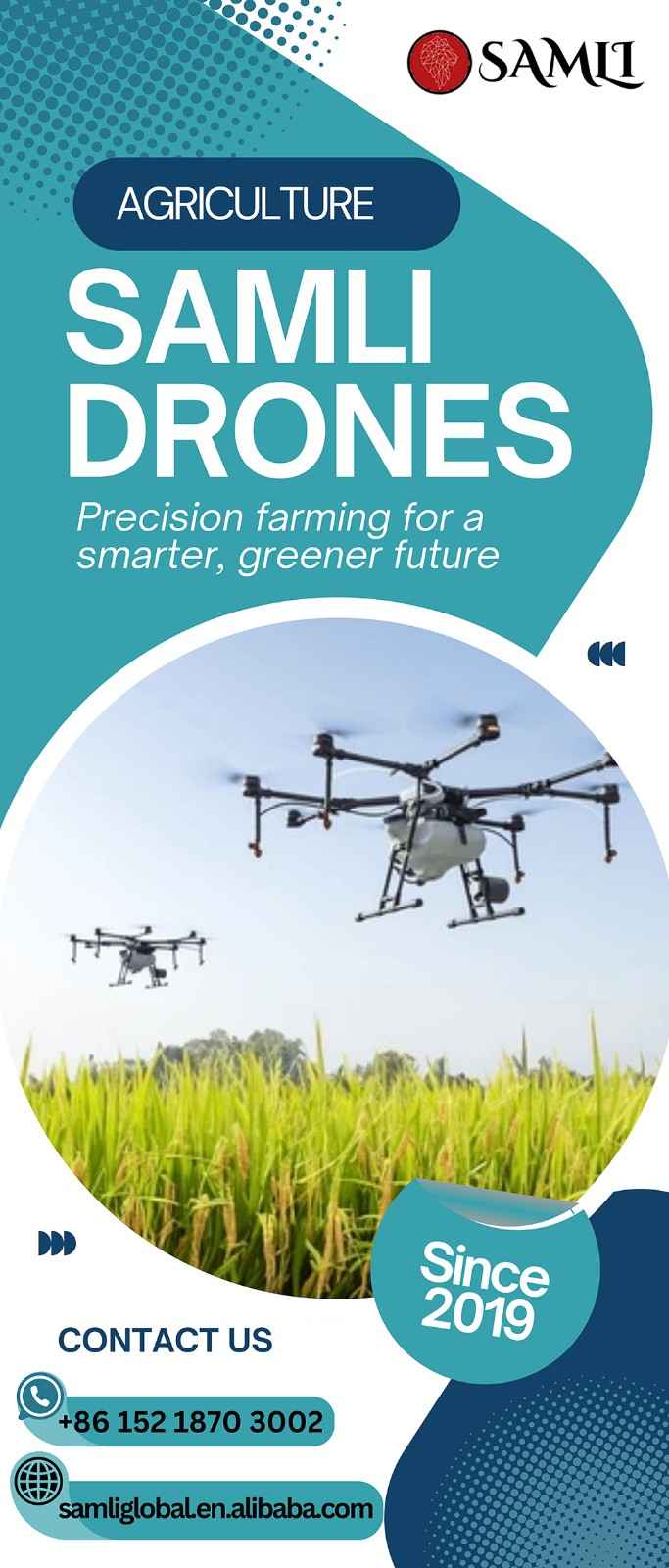As global demand for electricity continues to rise, power distribution systems are undergoing a significant transformation. Once viewed as static infrastructure built simply to deliver electricity from generation plants to homes and businesses, modern power distribution is now central to creating smarter, more resilient cities and industrial systems. From integrating renewable energy sources to supporting real-time monitoring and predictive maintenance, innovation in this field is shaping the future of how we live, work, and power our world.
In the face of climate challenges, aging infrastructure, and rapidly evolving technology, the need for flexible, intelligent, and sustainable power distribution systems has never been more urgent.
Why Power Distribution Matters
At its core, power distribution is the network of systems that carry electricity from high-voltage transmission lines to individual end users — from skyscrapers and data centers to factories and households. It includes substations, transformers, switchgear, circuit breakers, and wiring, all designed to ensure safe, reliable energy delivery.
While transmission systems cover long distances, it’s power distribution that affects us most directly. A fault in local distribution can cause outages, equipment failure, or even safety hazards. That’s why improving the resilience, flexibility, and intelligence of this infrastructure is essential for modern life.
Today’s systems must be capable of much more than simple delivery — they must adapt to fluctuating demand, integrate diverse energy sources, and support advanced digital technologies.
The Push Toward Smarter Power Distribution
With the world moving toward decarbonization and electrification, power distribution must become smarter. A “smart” power distribution system refers to infrastructure equipped with digital technology that allows for real-time monitoring, remote control, automation, and data analytics.
Here are some of the key innovations driving this transformation:
1. Digital Switchgear and Smart Panels
Traditional electrical panels and switchgear are being replaced by intelligent systems that can detect faults, manage loads, and report real-time conditions. This reduces downtime, enhances safety, and allows operators to respond quickly to issues before they escalate.
2. Remote Monitoring and Predictive Maintenance
Using sensors and IoT (Internet of Things) technology, operators can track the health of equipment, detect abnormalities, and predict failures before they occur. This not only prevents outages but also extends the lifespan of components and reduces maintenance costs.
3. Integration with Renewable Energy
Modern power distribution systems must support bi-directional energy flow — from the grid to users, and from decentralized sources like rooftop solar panels back to the grid. This requires advanced controls and real-time balancing to ensure stability.
4. Microgrids and Decentralization
Microgrids allow for localized control of energy production and distribution. They can operate independently from the main grid in case of outages, making them crucial for resilience in critical facilities like hospitals, airports, and data centers.
Power Distribution and Urban Resilience
As cities grow and become more interconnected, the resilience of power infrastructure becomes a top priority. Extreme weather events, cyber threats, and growing population density all put pressure on urban power networks.
Resilient power distribution systems are designed with redundancy, modularity, and flexibility in mind. They can reroute power automatically, isolate faults, and recover quickly from disruptions. These systems are especially important in critical urban environments where even a short outage can have wide-reaching effects on public services, transportation, and communication.
For example, in densely populated urban centers, intelligent distribution systems can manage peak loads during heatwaves when air conditioning usage spikes. They can also prioritize power delivery to essential services during emergencies, ensuring continuity and safety.
Industrial Applications: Powering Smart Manufacturing
In the industrial sector, power distribution plays a critical role in maintaining productivity, safety, and energy efficiency. Smart factories rely on uninterrupted, stable power to run advanced automation, robotics, and data-intensive operations.
Innovations in industrial power distribution include energy monitoring systems, digital protection devices, and automated control systems. These technologies allow businesses to optimize energy usage, reduce downtime, and lower carbon emissions.
As industries continue to embrace digital transformation, power distribution will be a key enabler of smarter, more efficient production environments.
Sustainability and Energy Efficiency
Sustainability is another driving force behind modern power distribution innovations. Efficient systems reduce energy waste, minimize emissions, and support the integration of clean energy.
Some of the ways power distribution supports sustainability include:
- Real-time energy management: Allowing users to track and reduce consumption.
- Peak shaving and load shifting: Managing when and how energy is used to avoid grid strain.
- Energy storage integration: Balancing supply and demand, especially with intermittent renewables.
By aligning energy delivery with actual demand and renewable availability, these systems help organizations meet their sustainability targets and reduce operational costs.
The Role of Standards and Interoperability
As systems become more complex and interconnected, ensuring interoperability between devices and platforms is essential. Open standards and compatibility allow different components — from meters and sensors to control software — to work together seamlessly.
This flexibility is vital not just for efficiency, but also for scalability. Organizations must be able to expand or adapt their power distribution infrastructure without starting from scratch every time technology evolves.
Looking Ahead: The Future of Power Distribution
The future of power distribution will be defined by intelligence, adaptability, and sustainability. We can expect to see:
- Greater use of AI and machine learning to optimize grid performance.
- Integration of electric vehicle charging infrastructure with local power grids.
- Continued growth of decentralized energy resources like wind, solar, and storage.
- Increased focus on cybersecurity to protect digital infrastructure from emerging threats.
Final Thoughts
In an increasingly electrified world, power distribution is no longer just about delivering energy — it’s about delivering smart, safe, and sustainable energy where and when it’s needed most. The innovations reshaping this field are not just technical upgrades — they represent a shift in how we think about energy, resilience, and our shared future.
As the backbone of modern infrastructure, power distribution is at the heart of our transition to a smarter, cleaner, and more connected world. Whether in cities, factories, or homes, the systems we build today will power the possibilities of tomorrow.




